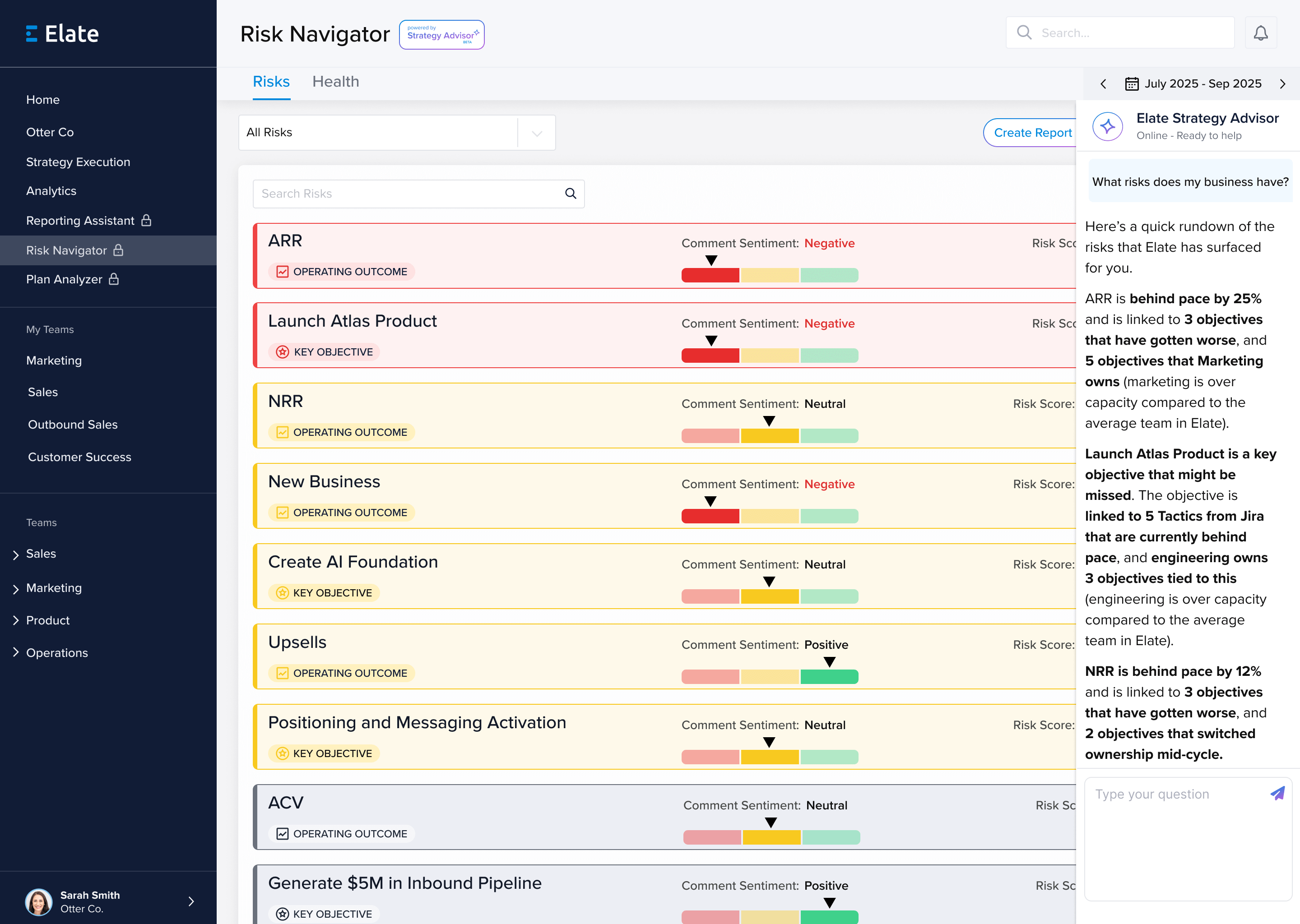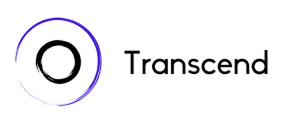Quick answer: Align teams with a strategic plan framework by committing to shared language, limiting priorities, and running a consistent review cadence that forces tradeoffs and decisions.
Operator note: Frameworks are just shared language. Alignment comes from commitment, clear definitions, and a review rhythm leaders keep when things get busy.
You know it's working when:
- Teams can explain the few priorities that matter without hunting for the deck.
- People can say no to off-strategy work with confidence and backing.
- Reviews focus on outcomes, risks, and decisions, not vocabulary debates.
In this guide:
- What a strategic plan framework does
- Common frameworks leaders reference
- How to implement a framework without creating churn
- Common mistakes that break alignment
- Copy/paste template
- FAQs
What a strategic plan framework does
A framework is shared language. It helps teams understand how priorities connect, how progress is measured, and how leadership reviews happen.
- Reduces ambiguity about what matters
- Creates a consistent structure for objectives and initiatives
- Improves decision-making by making tradeoffs explicit
If you want the broader context, start with strategic planning guide.
Common frameworks leaders reference
Frameworks differ in vocabulary, but the operating need is similar: make outcomes clear, connect work to those outcomes, and review consistently.
- OKRs: objectives and key results for focus and measurable outcomes. See best practices for OKRs.
- EOS: an operating system approach many leadership teams adopt. A common reference is What is EOS?.
- Balanced Scorecard: a system for tracking performance beyond financials. See company scorecard.
How to implement a framework without creating churn
- Pick the vocabulary once. Themes, objectives, initiatives, KPIs. Write definitions.
- Set standards. What makes a “good” objective? What belongs in an update?
- Start with fewer priorities. If everything is included, nothing is prioritized.
- Commit to a cadence. The framework works when leaders review it consistently. Use the Operating Rhythm Cadence Guide.
Common mistakes that break alignment
- Framework churn mid-quarter. Renaming terms becomes re-prioritizing by accident.
- No “what stops” discipline. New work gets added without tradeoffs.
- Metrics theater. KPIs exist but are not reviewed or trusted.
Checklist: a framework that teams will actually use
- 3 to 5 Themes with a clear rationale
- Objectives tied to measurable outcomes
- Initiatives with owners and milestones
- A scorecard that leadership reviews monthly
- A quarterly reset where priorities can change intentionally
Copy/paste template: strategic framework one-pager
Example scenario: After the annual offsite, each department drafts 2–3 quarterly objectives that roll up to the company Themes. In the first cross‑functional review, you use the framework to spot duplicate work, missing owners, and dependencies that need a decision.
If teams interpret the framework differently, alignment will not stick. Publish one short reference that defines your language and review expectations.
Our strategic building blocks: Themes, Objectives, Outcomes, Initiatives, KPIs (definitions in one sentence each)
How we set priorities: [how tradeoffs get made, who decides]
What a “good” update includes: what changed, why, risk, decision needed, next action
Cadence: weekly execution, weekly or bi-weekly leadership review, quarterly reset
Decision log standard: where decisions live and how they get communicated
FAQs
Do we need OKRs to align teams?
No. OKRs are one option. The bigger requirement is shared language, measurable outcomes, and a review cadence leaders stick with.
How do we choose between frameworks?
Choose based on what your leadership team will run consistently. A simple framework used well beats a perfect framework used occasionally.
What is the fastest way to improve alignment?
Make tradeoffs explicit and publish decisions. If teams see what stopped and why, they align faster.
Want to make this easier to run every week? See a short Elate walkthrough, then decide if a live demo is worth your time.











